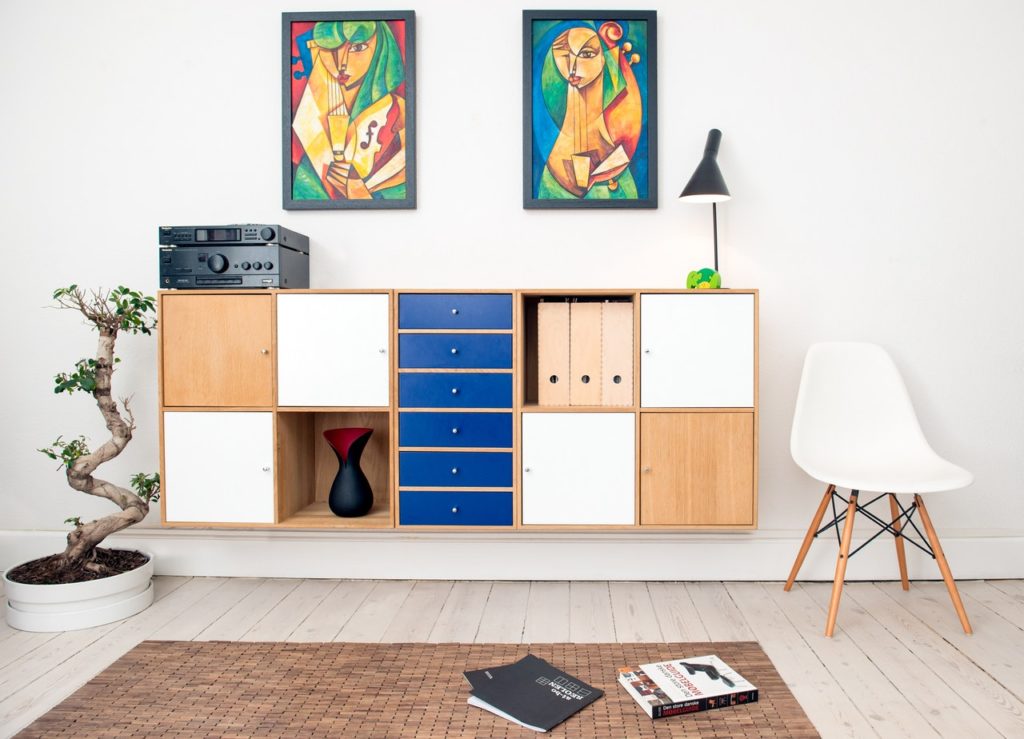Styling a rental property is different from decorating your home. Home renovations or remodeling aim to allow you to create a style that shows off your personality. Decorating a rental property, on the other hand, is meant to make the property more valuable while designing a neutral space that can suit any tenant.
While it may sound easy, property styling isn’t something to scoff at. Finding a balance between making your space stand out but keeping the style general to attract more potential tenants is a difficult job. This is why some investors hire a professional property stylist to achieve this. If you’re looking to cut costs, however, it isn’t impossible to do it yourself.
Evaluate the Property
The goal of property styling is to create a cozy, inviting, and home-like space without burning a hole into your bank account. To do this, you first need to walk through and evaluate your property. As you do this, make a list of your priorities: what needs improving, what needs repairs, and what needs replacing. It’s important to remember that the list of priorities may vary depending on the property, which is why walking through your property and making an assessment is important.
In some cases, you may want an unbiased opinion. Bring a friend along on a walkthrough and ask them to make a list of what stands out to them. This will give you an idea about what potential tenants might notice while looking through your property.
Create a General Concept
While it is important to create a neutral space that can cater to various tenants, it doesn’t hurt to become familiar with your target demographic. This doesn’t mean choosing a niche and designing your space accordingly. Consider the type of space you have, its specifications, and its location. With this in mind, try appealing to a market that has many other niches in them. For instance, instead of designing a space meant specifically for artists, take a step back and try appealing to creatives in general.
Once you’ve figured out your target market, you can create a general concept that will appeal to most, if not all, the people in your target market. You can do this by creating a mood board. Mood boards often help designers avoid mistakes, as they are a visual representation of your final concept. From here, you’ll be able to see whether certain elements and colors go together.
Consider the Size of Your Space
One important thing to consider when decorating a property is its size. If you’re working in a small space, don’t use dark furniture that can make your room look smaller. For smaller spaces, the goal is to make them look bigger by using light materials and colors with some contrasting pieces to add depth. This, accompanied by a lot of natural light, can make your space look bigger than it is.
Prioritize What Needs Repair and Replacing
If you’re low on budget, it may be tempting to leave the repairs or replacements with your tenant. However, any damage, whether big or small, can significantly affect the value of a property. Not all repairs or replacements are expensive, and if you offer a property with no problems, your investments are sure to pay off.
Shop and Decorate Wisely
Cheap furniture and good deals can be tempting when you’re out shopping. If you’re working with a tight budget, don’t be blinded by these deals and make your mood board a priority. Try to find a balance between the style you’re going for and the budget you have so you won’t have to shell out any extra money on your shopping trips.
Walls
The best way to go about painting your walls is to paint them neutral. Neutral-colored walls can give you and your tenants the freedom to change or redecorate the style of a certain room without having to repaint. They also tend to have a better resale value compared to dark or vibrantly-colored walls.
For bathrooms, it’s best to stick with water-resistant eggshell paint or acrylic paint that makes walls easier to clean.
Flooring
While it’s fine to have light-colored walls in your rental property, the same might not be a good idea for flooring. Carpets are never really a good idea as they get dirty easily and are harder to clean. Consider using quality laminated flooring for hallways, kitchens, and bathrooms. Not only are they easier to clean, but they’ll last longer.

Furnishings
If you’re working with a brand-new space, you’re likely to be in for many additions to make your space lively and more comfortable. Choosing to fully furnish your property will cost you more as you’ll have to provide everything from fully-fitted bathroom cabinets to shower heaters to kitchen counters. While this may put a dent in your pocket, you’re likely to attract potential tenants who can’t be bothered to do the shopping themselves.
To give your space a more cozy vibe, consider using items like organic textures, dried floral arrangements, artificial plants, and other items that can add life to your space.
Don’t Neglect the Exterior
Property styling doesn’t end with interiors. The exterior of your property is just as important and is part of what your potential tenants look at. You don’t have to go overboard. Just make sure that you keep the yard neat and presentable, mowing the lawn and adding some colorful plants by the entrance of your property.
While property styling is an important factor in attracting potential tenants to your property, you don’t always have to go overboard with it. No matter what your target market, it’s best to keep it simple and focus on how the house flows in connection with each other. If you have those points down, you’re bound to find a potential tenant soon enough.

